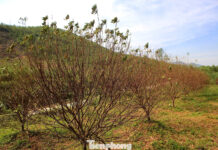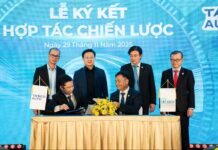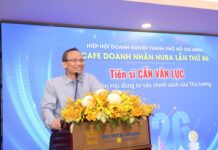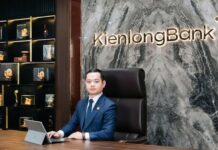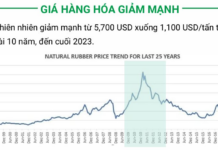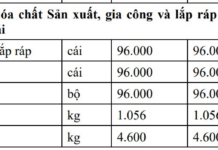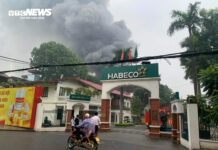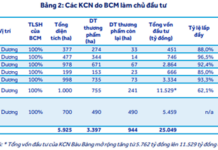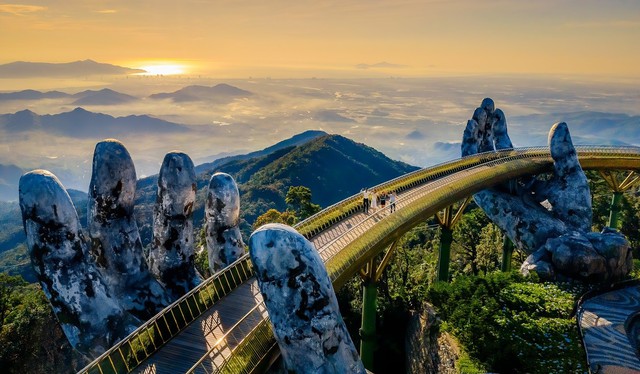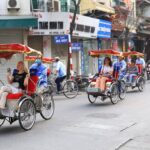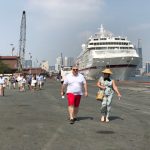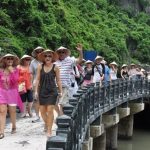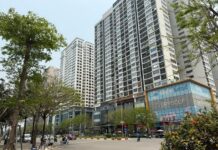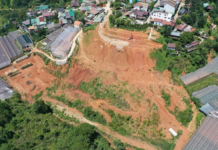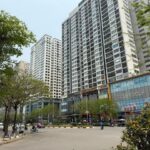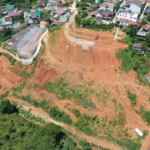Danang’s Tourism Must Continuously Innovate to Compete Globally
According to the Vietnam National Administration of Tourism, Danang’s tourism industry has reason to celebrate as it welcomed 6.6 million visitors to its accommodation facilities in the first seven months of 2024, a 33% increase compared to the same period in 2023. This includes 2.5 million international arrivals, up 34.7%, and 4.2 million domestic tourists, a nearly 32% rise.
Looking at the development of Danang’s tourism industry, it is undeniable that it is one of the leading tourism “hubs” in Vietnam, maintaining a strong growth trajectory post-COVID-19. This growth can be attributed to Danang’s position as a well-planned tourism city, achieved by inviting businesses to invest in developing unique and high-class tourism offerings from the outset.
However, to excel in the global competition for tourist destinations, experts believe Danang needs to establish mechanisms to attract investment and retain major investors. This will enable the city to further diversify experiences, construct world-class tourism infrastructure, and create distinctive and exclusive tourism products to establish its brand.
Discussing this issue, PGS.TS Tran Dinh Thien, a member of the Prime Minister’s Economic Advisory Group and former Director of the Vietnam Institute of Economics, remarked that Danang has established a standard for well-organized tourism. This involves creating differentiation and aiming for high-class experiences from the beginning, leveraging its inherent advantages. Danang has introduced a series of unique tourism products, such as Ba Na Hills, with its impressive Golden Bridge that has captivated global attention. The city also continuously innovates with new tourism products, including night tourism, exemplified by its vibrant night markets and captivating, distinctive shows.
“In the future, Danang’s tourism will be further enhanced by the Free Trade Area, providing new and unique development opportunities. This will elevate Danang into a highly attractive destination for tourism, commerce, and investment,” asserted PGS.TS Tran Dinh Thien.
In fact, Danang is still regarded as a model for tourism breakthroughs in Vietnam. However, in the new context of changing global travel demands, tastes, and trends, there are significant challenges ahead. To avoid falling behind, experts emphasize the need for Danang to implement preferential policies for development, fostering long-term partnerships with major businesses.
“Danang has been planned to include world-class tourist areas. Based on its resources, infrastructure, and approved government plans, Danang must attract and collaborate with investors who are capable, committed, and visionary enough to create outstanding and groundbreaking products and services,” stated Mr. Cao Tri Dung, Chairman of Danang Tourism Association.
Commenting on new tourism products, Mr. Dung added: “Destinations must offer something new, but this should be based on a comprehensive market understanding. For new markets, we can utilize existing products, while for repeat markets, we need to introduce novelties. However, ‘newness’ doesn’t necessarily mean creating something entirely from scratch; it can also mean refreshing what we already have. Ba Na Hills and Da Nang Downtown are excellent examples of constant innovation. By partnering with the right investors, Danang can develop groundbreaking products and services that align with its approved plans, ensuring a sustainable future.”
According to Mr. Dung, large investors will make solid commitments and vigorously protect their brands. “When they operate a chain of destinations, they can’t afford to damage their image. On the other hand, smaller investors might only continue after initial success. Therefore, we favor industry leaders who are committed to long-term partnerships, creating world-class projects that enhance the destination’s reputation and generate socio-economic benefits for the community and local businesses. These are the key elements of sustainable tourism development for any locality,” he added.
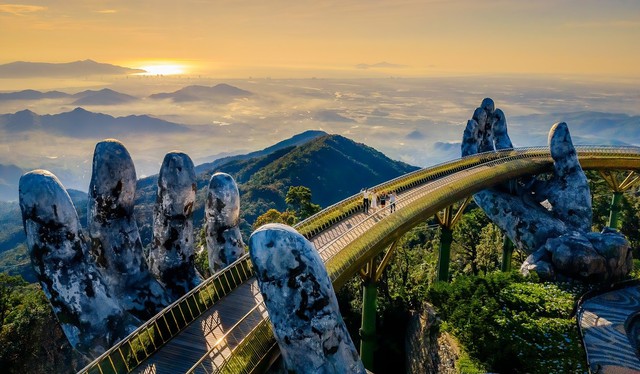
Golden Bridge – A Symbol of Danang’s Tourism.
With “First-Class” Natural Resources, Danang Must Offer “First-Class” Tourism Experiences
Assessing Danang’s tourism development over the years, PGS.TS Pham Trung Luong, former Vice Director of the Institute for Tourism Development Research and a member of the National Planning Advisory Group, shared: “Currently, Danang has not reached its maximum potential regarding its current tourism products. There is still room for growth, but it’s important to understand that in tourism planning, every destination or product has a life cycle. Danang must identify the critical points in this cycle to prepare for continuous investment: upgrading existing products or developing new ones to extend the tourism life cycle. That’s the law of the industry!”
“Striking a balance between development and nature conservation is crucial. We should never compromise long-term gains for short-term benefits. For instance, the development of Ba Na Hills required a trade-off in terms of land area, but it was a necessary and well-studied decision, as evidenced by its success,” PGS.TS Pham Trung Luong explained.
Previously, PGS.TS Tran Dinh Thien also emphasized the importance of “trade-offs” for tourism development, stating that a “worthy and livable” tourism industry requires dedication, hard work, and intelligence. He clarified the concept of “trade-off” as a holistic, positive approach, neither superficial nor extreme. Several localities in Vietnam have demonstrated that bold “trade-offs” can lead to significant positive outcomes.
“Danang is a prime example. Thirty years ago, My Khe Beach was virtually deserted. Now, it’s recognized as one of the world’s most beautiful beaches, attracting millions of visitors annually. Land values in the area have skyrocketed by hundreds or even thousands of times. To achieve this, some natural resources had to be exchanged, and it was worth it. Ba Na Hills, with its mesmerizing Golden Bridge, is another illustration. This once-obscure location now welcomes tens of thousands of visitors daily, contributing significantly to the local economy,” asserted Mr. Thien.
Echoing this perspective, experts agree that Vietnam’s tourism industry, being a latecomer, must leverage its natural resources sustainably to catch up. They emphasize the importance of initially aiming for world-class tourism to ensure a fair exchange between enjoyment and payment, compensating for the depletion of resources and safeguarding future development. With Vietnam’s “first-class” tourism resources, the country must strive for “first-class” tourism experiences.
Buzzing with Commercial and Service Activities on the Eve of Tet
January is a bustling time of the year as the Lunar New Year approaches. Commercial and service activities are in full swing to cater to the consumer needs of the people…
Record-breaking number of international tourists visit Vietnam
The recent Tet holiday is said to have signaled the start of the peak season for international tourists visiting Vietnam.



